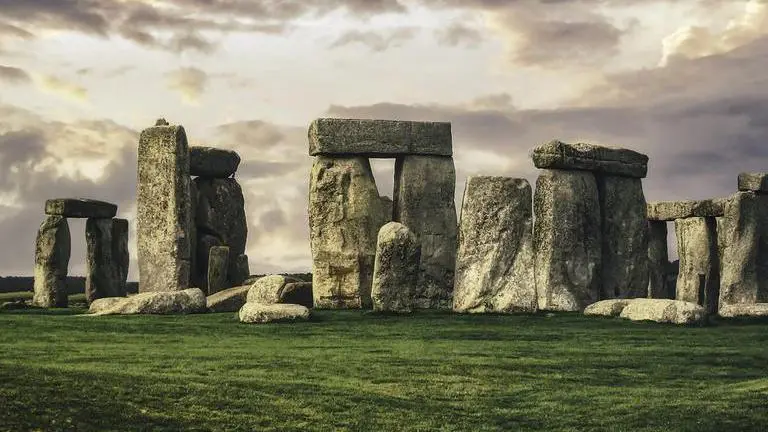Updated 6 August 2021 at 15:12 IST
Study on UK's Stonehenge reveals mysticism surrounding monument's longevity
Stonehenge, a prehistoric monument on England's Salisbury Plain, may have survived this long because of standing stones' unique geochemical makeup.
- World News
- 2 min read

Stonehenge, a prehistoric monument on England's Salisbury Plain, may have survived this long because of standing stones' unique geochemical makeup, according to a new study. The discovery was made after an international team of scientists used a microscope to study paper-thin slices of a core sample from one of the stone slabs. Sarsens are the name given to these massive sandstone slabs.
Philip's Core, a 3.5-foot-long pattern that was extracted over 60 years ago, has broken down into six pieces, one of which 67 mm was borrowed by scientists for examination. According to the Daily Mail, Philip's Core remained in the United States as a keepsake for many years before being returned a few years ago. According to the authors, the Philip's Core was taken from Stone 58, which is geochemically representative of fifty of the remaining 52 sarsens at Stonehenge.
The research was published in the journal PLOS One
The research was published in the journal PLOS One under the title "Petrological and geochemical characterisation of the sarsen stones at Stonehenge" Sarsen is mostly made up of sand-sized quartz grains held together by an interlocking mosaic of quartz crystals, which is the main reason why the enormous sandstones have withstood so much over the last 5,000 years and why they were chosen as the material for such a monument.
The rock was CT-scanned
The project, which was led by Professor David Nash of the University of Brighton, included geologists, geomorphologists, and archaeologists from a variety of institutions. The new technique, according to the experts, might also be used to track down the sources of the remaining stones. Professor Nash explained that his team CT-scanned the rock, zapped it with X-rays, examined it under several microscopes, and analysed its sedimentology and chemical. After the Moonrock, he noted, this sample was probably the most studied. The research also raises additional problems, such as why Neolithic people would choose one site over another when there were so many sarsen sources to choose from. They speculate that West Woods may have provided larger or better-quality stones than other sites, or that its location facilitated transporting the boulders to Stonehenge simpler. There's still more work to be done and more evidence to look for, according to Nash and his colleagues.
Advertisement
Published By : Rohit Ranjan
Published On: 6 August 2021 at 15:12 IST
